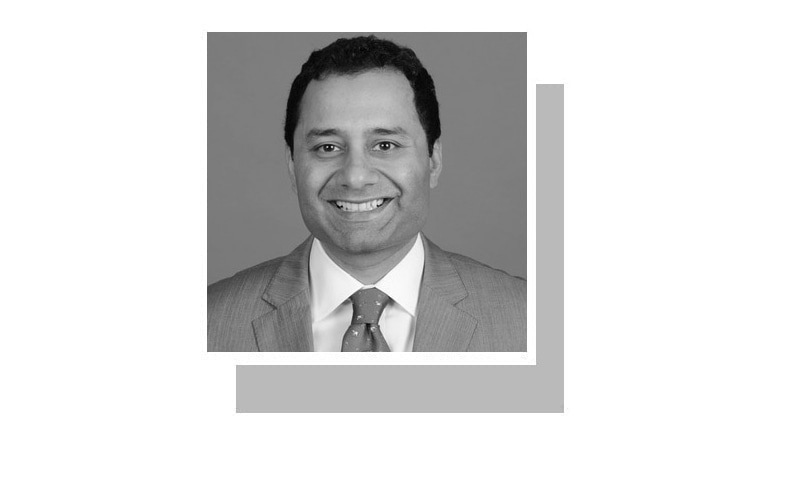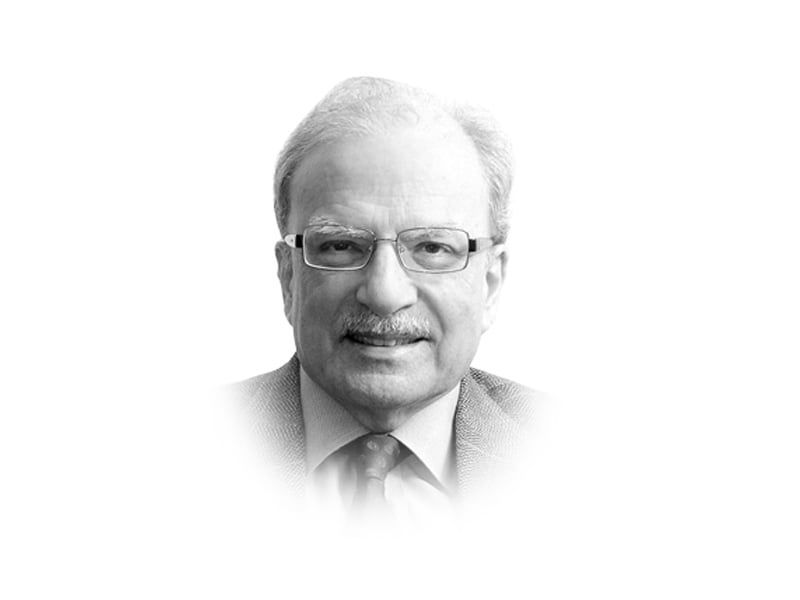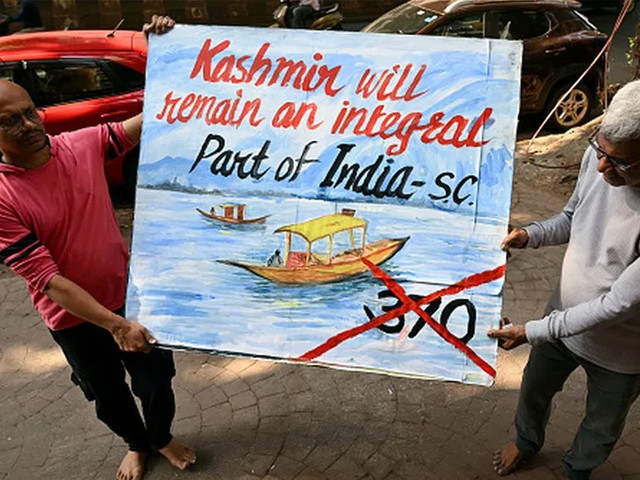India, Pakistan: 2024 is year of elections
Farhat Ali Published about 3 hours ago
Facebook
Twitter
Whatsapp
Comments
View attachment 236245
The general elections in Pakistan in February 2024 would soon be followed by the general election in India. Both have parliamentary form of government. However, the significant difference between the two is the fact that politics in India has successfully moved towards the politics of state economy and people’s welfare.
The people of India have tasted its benefits and want more of it. Prime minister Narendra Modi has outpaced his opponents on both the accounts while religiously pursuing his party BJP’s Hindutva nationalist agenda, which is critical to his own survival.
In the Indian current political landscape, the consensus among political analysts is that a win for Modi or the party is ‘almost an inevitability’. As BJP swept three major state elections in December, Modi did not hold back from predicting that “this hat-trick has guaranteed the 2024 victory”.
Modi came to power in 2014 largely on the back of an anti-incumbency wave while his re-election in 2019 was all but secured after India carried out airstrikes on Pakistan, after a terrorist incident a few months before the polls, resulting in a storm of national security sentiment in his favour. Modi in the meantime has moved far beyond this need and may not require this symbolism in 2024. There are bigger strides to count upon.
The Indian prime minister now showcases himself as a political strongman who could do what needs to be done and get away with it - like the unilateral, illegal, unlawful and illegitimate annexation of Jammu and Kashmir—as a person who has performed economic wonders by positioning India among the five largest economies of the world, outpacing other leading economies with a 7.3 % growth and with an ambition to be the third largest.
Alongside this he, off and on, pops out BJP’s Hindutva nationalist agenda, which continues to work as a useful vehicle for increased popularity among Hindus who constitute overwhelming majority of the country, particularly in the populous Hindi belt of the north, resulting in the widespread persecution of Muslims.
Modi’s messaging in this election campaign is directed at his role in elevating India as a global power – be that in international politics and global diplomacy or in the recent landing on the moon as the first country to successfully land a spacecraft near the lunar south pole.
Prime Minister Modi just months before election touted his country’s economic prospects at a global business summit held this week in his home state of Gujarat where business leaders, chief executives and diplomats from 133 countries are reported to have participated and unveiled investment plans worth nearly $33 billion.
Posters of Modi were put up across Ahmadabad, along with those of UAE President Sheikh Mohammed bin Zayed al-Nahyan who arrived in the state on a visit ahead of the event.
India is a “powerhouse for talented youth, a technology hub for finding solutions and a democracy that delivers,” Modi told the ‘Vibrant Gujarat Global Summit’, adding that the nation was on its way to becoming the world’s third-largest economy in a few years.
India of today is defined by its economic success or prowess. What is not truly exposed and recognised by the people of India and conveniently ignored by the world powers is the price India is paying to move in the single-track direction of economic growth.
Reportedly, the apparatus of the country has been skewed heavily towards the BJP since Modi came to power in 2014, resulting in an unprecedented consolidation of power, curbs on critical media, woeful erosion of judiciary’s independence and all forms of parliamentary scrutiny and accountability, and a stepped up drive of government agencies to pursue and jail political opponents.
Western-led economies are not what India is trying to imitate. They maintain the balance between economic deliverance, democratic values and institutional independence and supremacy. All these values are fast eroding in India.
Concerns are raised over what a third-term for Narendra Modi would mean for the country amidst rising Hindu-Muslim tensions. Ashutosh Varshney, the director of the Center for Contemporary South Asia at Brown University in the US, has said that he expects the rights of Muslims to continue to come under attack.
India’s immediate future would be defined by its economic success, and India becoming the world’s third largest economy, amidst erosion of democracy, freedom of speech and justice and the rights of the members of Muslim community, who exceed 200 million. The question how long this will be sustainable has no easy answer.
Copyright Business Recorder, 2024
FARHAT ALI
The writer is a former President, Overseas Investors Chamber of Commerce and Industry
The general elections in Pakistan in February 2024 would soon be followed by the general election in India. Both ...
www.brecorder.com








